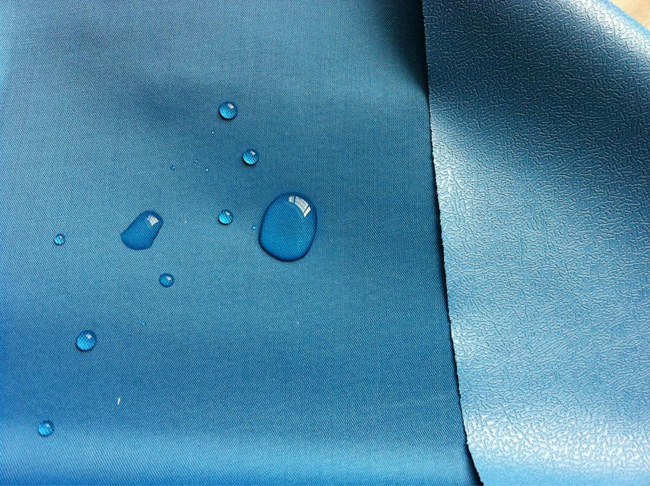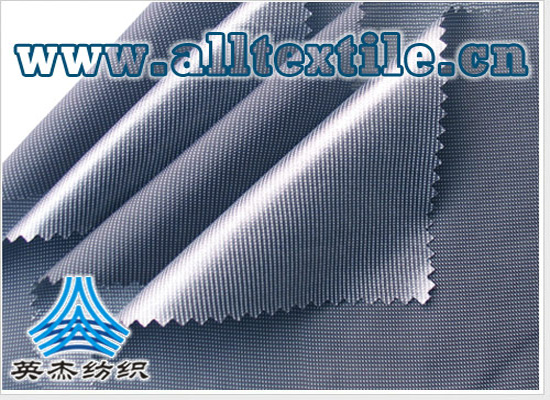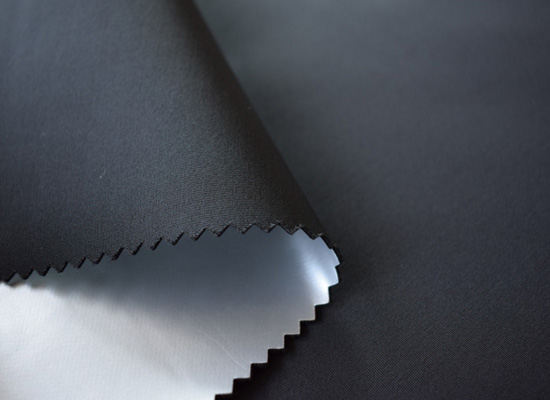How to wash clothes made of
coated fabric?
Coated fabrics have the advantages of novel fabrics, bright colors, and comfortable feel. Nowadays, they are more and more used in clothing fabrics, and they are also one of the fabrics that everyone likes. However, the washing that comes with it The problem has become a difficulty for everyone. Delamination and cracking are troublesome. So how should coated fabrics be washed? Next, let’s take everyone to learn together!
What is coated fabric?
Coated fabric is a kind of fabric treated with special technology. The coating is a mixture of rubber and resin. It can form a uniform layer of covering rubber on the surface of the fabric to achieve waterproof, windproof, breathable and other functions.
Advantages and Disadvantages of Coated Fabrics

Advantages
Advantages of coated fabrics It is mainly reflected in the rich variety, soft feel, smooth surface, strong skin-friendliness, rich colors, good gloss, durability, etc. Due to the high complexity of the production process and the many classifications of process procedures, the processed coating Layer fabrics can also be divided into different categories. Each type of coated fabric has its own unique protective function and can be applied to different fields. This is a key factor for coated fabrics to become important protective fabrics.
Disadvantages
The disadvantages of coated fabrics are also quite prominent. The product has good skin-friendliness, but it is not suitable as a fabric for underwear, especially if it is not It is suitable for making summer clothes. Its heat absorption is too strong, which will cause people to be harmed by high temperatures, and its thermal insulation is very poor, so it is rare for daily clothes to be made of coated fabrics.
In addition, the stain resistance of coated fabrics is very poor and is easily contaminated by various stains. If you use too much force when cleaning, it may cause cracking. (Fabric characteristics)
Washing of coated fabrics
1. Why can’t coated fabrics be dry cleaned?
In recent years, coated fabrics have been increasingly used. Whether it is down jackets, cotton coats, casual wear or sportswear, whether it is economical mass clothing or expensive brand-name clothing, coated fabrics will be used. Since the coating is made of synthetic resin material, this resin material is not resistant to dry cleaning solvents. If it is dry cleaned with perchlorethylene, it can cause local blistering; dark fabrics will produce light-colored strips or irregular sheet marks; Some coated fabrics will also cause the coating to dissolve and penetrate to the outside, making them sticky to the touch; or worse, they will harden and break when bent. Some problems will occur after just one dry cleaning, while others will have problems after several dry cleanings, such as blistering, deformation, dissolution, shrinkage, etc. Therefore, coated fabrics must be washed instead.
2. How to wash coated fabrics?
First of all, coated fabrics can only be washed with water. Of course, if the washing method is improper, it will also cause accidents, such as machine washing, strong scrubbing, etc. are not acceptable.
When cleaning coated fabrics, you should first soak them in warm water, then add an appropriate amount of neutral detergent and wash them gently by hand.
Be sure to twist them after brushing them clean. Don’t twist the twist to squeeze out the water, just squeeze it downwards. After it’s done, rinse it with clean water and squeeze it again to remove the water.
Be sure not to expose it to the sun, just place it in a ventilated place.
Everyone needs to pay attention to: the cleaning time of coated fabrics should not be too long, otherwise it will deform, tear, and delaminate, causing irreparable losses.
What kind of fabric is coated fabric?
Coated fabric is a kind of fabric treated with special technology. It can form a uniform layer of covering glue on the surface of the fabric to achieve waterproof, windproof and other functions.
The coated fabric uses solvent or water to dissolve the required coating particles (including PU glue, A/C glue, PVC, PE glue) into a saliva-like shape, and then in a certain way (Rotary screen, scraper or roller) is evenly applied on the fabric (including cotton, polyester, nylon and other base materials), and then fixed by the temperature in the oven to form a uniform layer of covering glue on the surface of the fabric.
Advantages of coated fabrics:

1. Windproof and lighter than genuine leather jackets. The price is generally cheaper than genuine leather jackets.
Disadvantages of coated fabrics:
1. In winter, if it is very cold and is not cold-resistant, the coating of poor quality will crack. Not resistant to high temperatures. Severe dirt cannot be completely washed away. The coating is prone to cracking during washing.
FAQs about coated fabrics
How to clean coated fabrics

1. Clean with professional cleaning agent.
2. Use old vinegar to clean the stained area.
3. After diluting it with 84 disinfectant, soak it for a while, but you must master the dilution ratio and soaking time. This is related to the location of the dyed clothes and the degree of dyeing. It’s better to float more times. It’s better to have trouble than to overdo it.
What is coated cloth made of?
Coated cloth is mainly coated with a special process on the basis of cloth.Layers of materials with special functions add special functions to the fabric. So it is also called functional coated fabric.
What materials are generally used for coatings on clothes?
1. PA coating: Its main component is polyacrylate, which is a resin material with a harder feel and insufficient elasticity. , the cost is also lower;
2. PU coating: Its main component is polyurethane, which has a soft feel, good elasticity, very Q, and is relatively wear-resistant. It can be used for very thin coatings and the cost is also Higher;
3. PVC coating: Its main component is polyvinyl chloride, which feels hard and needs to be softened by adding a certain amount of plasticizer, so it is not very environmentally friendly and is generally used to make raincoats. Products are slowly withdrawn from the market.



